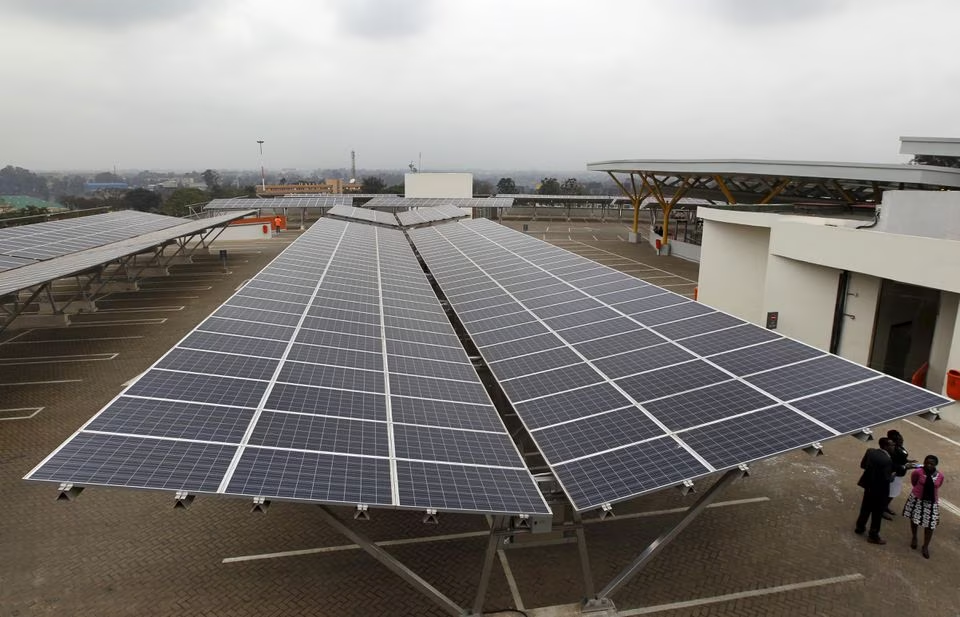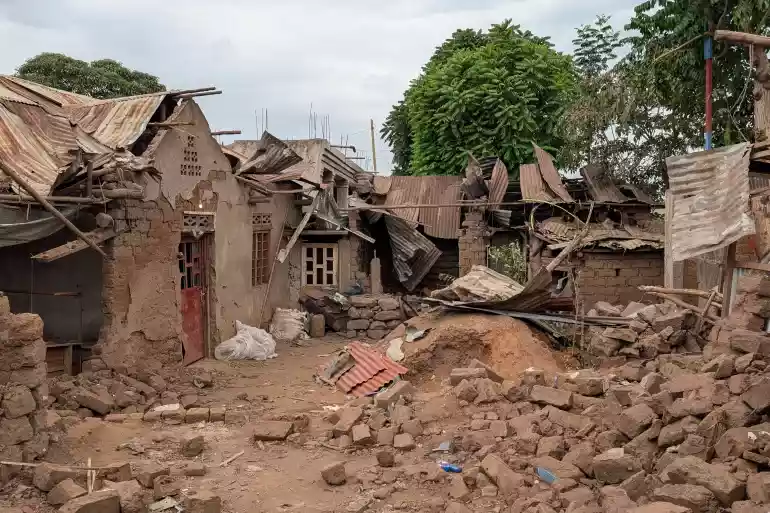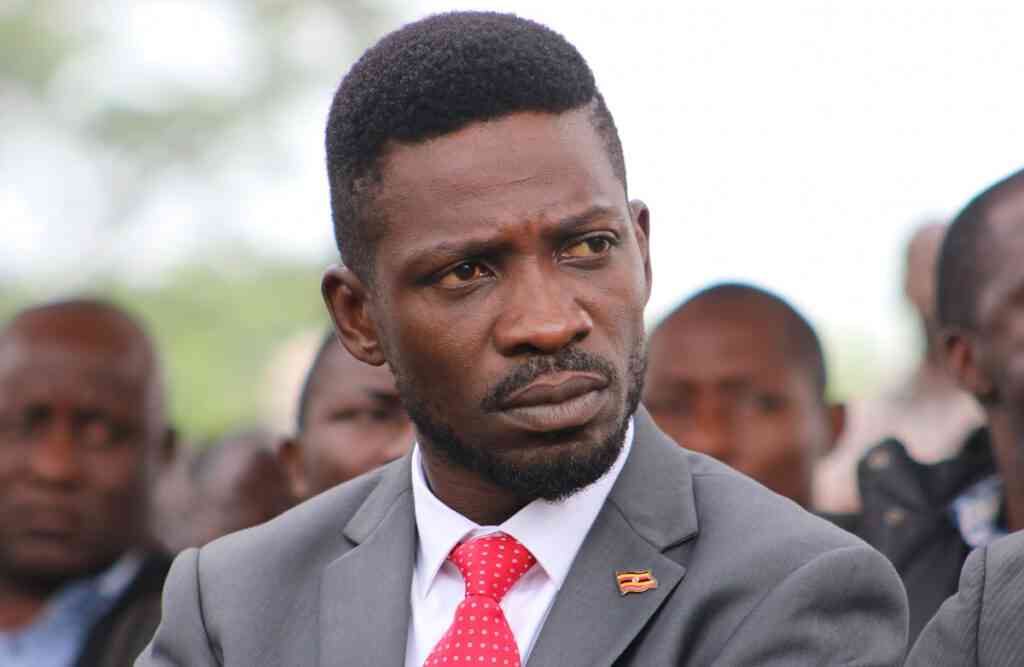
Kenya is constructing 136 solar powered mini-grids in far-flung areas not properly served by the national electricity grid, the country's energy minister said on Monday.
Off-grid solar power, spearheaded by start-ups, has gained popularity in Africa in recent years for homes left off mainstream electricity grids.
There are more than 3,000 installed solar mini-grids in sub-Saharan Africa, up from 500 in 2010, the World Bank said. Another 9,000 are planned, according to the bank, including the ones to be constructed in Kenya.
"The national electricity grid is yet to reach some parts of the country," Energy Minister Davis Chirchir said at a World Bank-sponsored meeting on solar energy.
The new solar mini-grids are part of a $150 million programme funded by the World Bank.
Powered by solar panels, the grids use batteries and backup generators to provide electricity independent of the main national grids.
Although Kenya generates a large chunk of its electricity from renewable sources such as hydropower and geothermal, it runs dozens of diesel-powered generation units following years of drought.
The government has secured funding from development partners to shift the diesel-powered units to cheaper and sustainable sources, Chirchir said.
- Lessons for media from Kenya elections
- Kenya's top court to rule on disputed presidential election
- Zim has 2nd highest rising food prices: WB
- 'Market discipline difficult to maintain'
Keep Reading
Due to abundance of sunshine, solar has the capacity to connect 380 million people in sub-Saharan Africa to electricity by 2030, the World Bank said.











